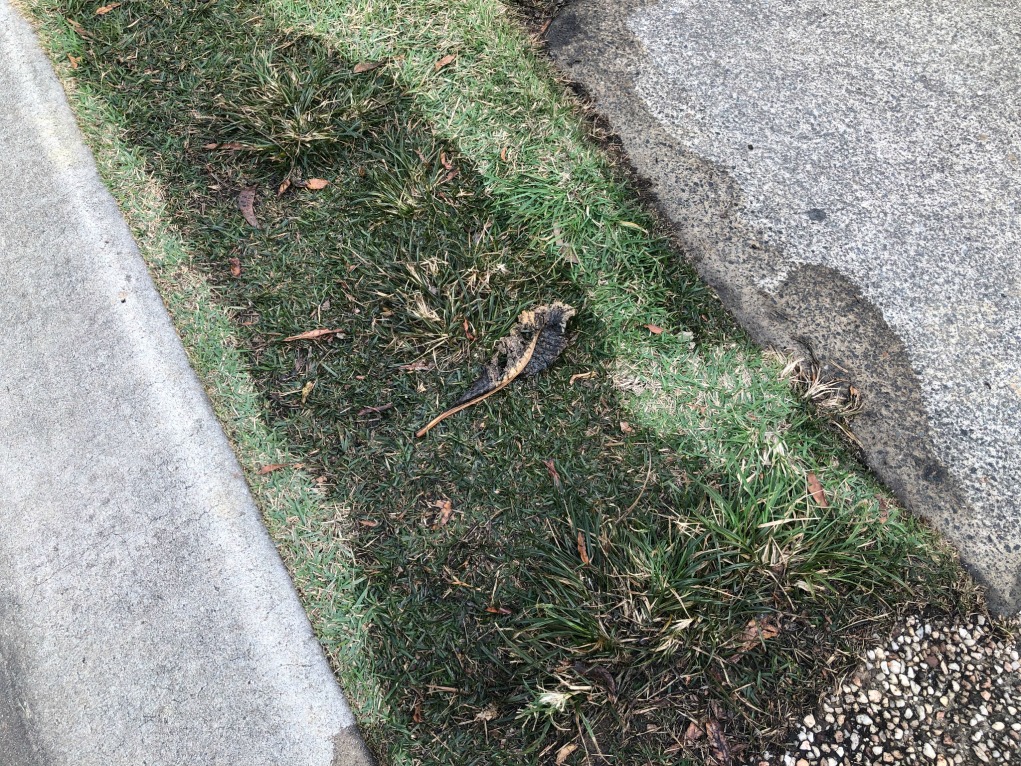Expose Concealed Water Line Leaks: Six Proven Detection Techniques
Expose Concealed Water Line Leaks: Six Proven Detection Techniques
Blog Article
They are making several good annotation on the subject of Leaking water lines overall in the content followed below.

Early discovery of leaking water lines can mitigate a prospective calamity. Some small water leaks might not be noticeable.
1. Examine the Water Meter
Every house has a water meter. Inspecting it is a proven way that helps you discover leaks. For starters, turn off all the water sources. Guarantee no one will flush, use the tap, shower, run the cleaning equipment or dish washer. From there, most likely to the meter and watch if it will alter. Given that no one is using it, there need to be no movements. That shows a fast-moving leak if it moves. Furthermore, if you spot no changes, wait a hr or 2 and inspect back once more. This means you might have a slow-moving leakage that can also be below ground.
2. Inspect Water Usage
Analyze your water costs and also track your water intake. As the one paying it, you should notice if there are any discrepancies. If you find sudden changes, despite your consumption being the same, it suggests that you have leakages in your plumbing system. Keep in mind, your water expense ought to drop under the very same variety each month. A sudden spike in your bill shows a fast-moving leak.
A stable increase every month, even with the exact same practices, shows you have a slow leak that's additionally slowly intensifying. Call a plumber to completely check your residential property, specifically if you really feel a warm area on your floor with piping beneath.
3. Do a Food Coloring Examination
When it comes to water consumption, 30% comes from toilets. If the shade in some way infiltrates your bowl during that time without flushing, there's a leak between the storage tank as well as dish.
4. Asses Outside Lines
Do not neglect to inspect your outside water lines too. Must water leak out of the link, you have a loose rubber gasket. One little leak can waste bunches of water as well as increase your water bill.
5. Evaluate the circumstance and examine
Homeowners need to make it a practice to inspect under the sink counters and also also inside closets for any bad odor or mold development. These 2 red flags show a leakage so timely focus is called for. Doing routine examinations, also bi-annually, can conserve you from a significant issue.
Extra notably, if you recognize your home is already old, keep a watchful eye on your heating systems, hose pipes, pipelines etc. Look for stainings and deteriorating as the majority of pipes and home appliances have a life span. They will certainly likewise normally weaken due to damage. If you believe dripping water lines in your plumbing system, do not await it to rise. Call an expert plumber as soon as possible so you don't wind up with an awful mess in your house.
Early detection of dripping water lines can alleviate a potential catastrophe. Some little water leaks may not be noticeable. Examining it is a proven way that assists you find leakages. One tiny leak can squander bunches of water and spike your water costs.
If you suspect leaking water lines in your plumbing system, don't wait for it to intensify.
WARNING SIGNS OF WATER LEAKAGE BEHIND THE WALL
PERSISTENT MUSTY ODORS
As water slowly drips from a leaky pipe inside the wall, flooring and sheetrock stay damp and develop an odor similar to wet cardboard. It generates a musty smell that can help you find hidden leaks.
MOLD IN UNUSUAL AREAS
Mold usually grows in wet areas like kitchens, baths and laundry rooms. If you spot the stuff on walls or baseboards in other rooms of the house, it’s a good indicator of undetected water leaks.
STAINS THAT GROW
When mold thrives around a leaky pipe, it sometimes takes hold on the inside surface of the affected wall. A growing stain on otherwise clean sheetrock is often your sign of a hidden plumbing problem.
PEELING OR BUBBLING WALLPAPER / PAINT
This clue is easy to miss in rooms that don’t get much use. When you see wallpaper separating along seams or paint bubbling or flaking off the wall, blame sheetrock that stays wet because of an undetected leak.
BUCKLED CEILINGS AND STAINED FLOORS
If ceilings or floors in bathrooms, kitchens or laundry areas develop structural problems, don’t rule out constant damp inside the walls. Wet sheetrock can affect adjacent framing, flooring and ceilings.
https://www.servicemasterbyzaba.com/blog/how-to-detect-water-leakage-in-walls/

I am very interested in Detecting hidden plumbing leaks and I hope you liked our piece. So long as you enjoyed reading our blog post if you please do not forget to pass it around. Bless you for your time. Please check up our website back soon.
We're ready, are you? Report this page